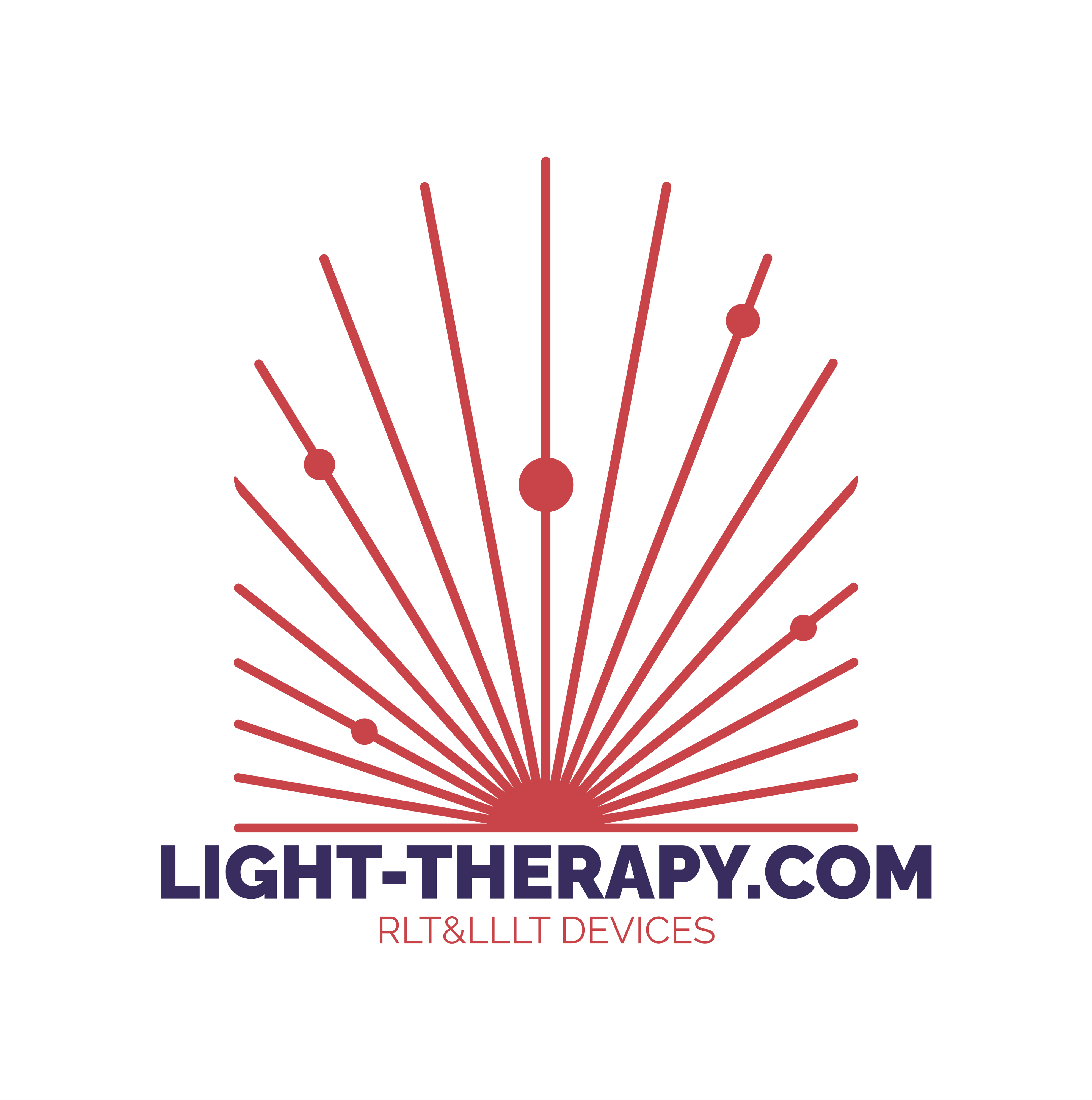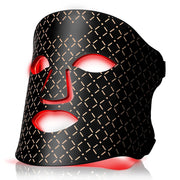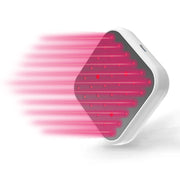Acne vulgaris, more commonly known as acne, is one of the most frustrating skin issues for people who suffer from it. Acne treatments vary widely, from those that are topical (like salicylic acid) to prescription medication – and only through trial and error can you determine what works for your skin. Even when acne clears up, it can leave behind unsightly scars that require additional treatment.
Of all the available acne treatments, one of the gentlest and most promising uses a very simple, basic ingredient: light.
Light therapy, which is also called photodynamic therapy or light-emitting diode (LED) therapy, is any treatment that uses specific wavelengths within the light spectrum to stimulate beneficial processes within cells. This, in turn, helps the body heal naturally.
Light therapy takes many different forms and has myriad applications. But for treating acne, there are two kinds of light you should know about: blue light and red light.
Red Light Therapy
Red light therapy is also called low-level light therapy (LLLT) and photobiomodulation (PBM). The term “red light therapy” refers to red light, which ranges from 630nm to 700nm; and near-infrared (NIR) light, which ranges from 810nm to 850nm. Within those ranges are a few especially powerful wavelengths: 630nm and 660nm (red light); and 810nm, 830nm, and 850nm (NIR light).
A fundamental aspect of light therapy is that the longer the wavelength, the more deeply it penetrates the skin. Wavelengths in the red light range reach just below skin-deep, while those in the NIR range penetrate beneath the skin’s surface and reach layers of muscle, connective tissue, and bone.
Given its range and penetrating abilities, red light treatments can target a variety of conditions, from the skin-deep (acne, wrinkles, skin tone) to the more systemic (muscle recovery, arthritis, inflammation of the joints). As a practice, LLLT takes many forms: you can sit or stand in front of big panels for an all-body effect, or apply wands and face masks to specific areas of the body.
Both red and blue light have different effects and usages, and both treat acne a little differently. Let’s look at how each light therapy for acne works, separately, and when combined.
Blue Light Therapy
Blue light therapy uses wavelengths between 380 nanometers (nm) and 500nm, which are among the shortest and highest-energy wavelengths. All light therapies work by penetrating the skin to some degree, and the shorter blue light wavelengths penetrate less deeply than other wavelengths.
Blue light therapy is generally only used for facial treatments, which is why many blue light devices tend to be on the smaller side: masks, wands, and bulbs that target problematic areas of the face (though this smaller size can be problematic as these devices are typically weaker and slower-working than full-sized panels). In addition to at-home treatments, blue light therapy sessions are also offered at dermatology clinics and other medical facilities for certain skin conditions, in particular, mild to moderate acne.
How Light Therapy Treats Acne
Light therapy for acne works in two ways:
First, by killing bacteria that gets trapped inside the pores, along with a build-up of oil from sebum production and dead skin cells. Second, by supporting the body’s natural immune and healing mechanisms, and reducing inflammation.
A variety of factors can aggravate acne, including hormones, diet, and stress – but the main culprit is bacteria. Once you rid the skin of the acne-causing bacteria, you can greatly reduce the appearance of acne.
Red Light Therapy and Acne
Because red light penetrates deeper than blue light, it has a more direct effect on cells. As thousands of studies and scientific reviews have shown, red light stimulates mitochondria, which are tiny organelles inside cells that create energy. These energized mitochondria produce extra adenosine triphosphate (ATP), molecules known as the “building blocks of energy.” The overall effect is a boost in cellular energy that leads to a host of health benefits.
Researchers believe that the surge in ATP is what leads to the immense physiological benefits connected to red light therapy. Some of the most profound include cell rejuvenation, reduced inflammation, reduced wrinkles, and wound healing, just to name a few.
So what does this mean for acne? Researchers believe that it may impact oil glands to yield an anti-inflammatory effect, which would reduce redness and swelling. In general, the increase in ATP production also shows promise for helping your body fight off infections, reduce pain and scarring from acne, and boost the immune system.
In short, the best light therapy treatment for acne includes both red and blue light. According to a 2015 meta-analysis of photodynamic treatments for acne by researchers from Chicago and Karnataka, India, blue and blue-red light therapies were more effective than other kinds of photodynamic therapy methods for treating mild to moderate acne and inflamed acne lesions.









